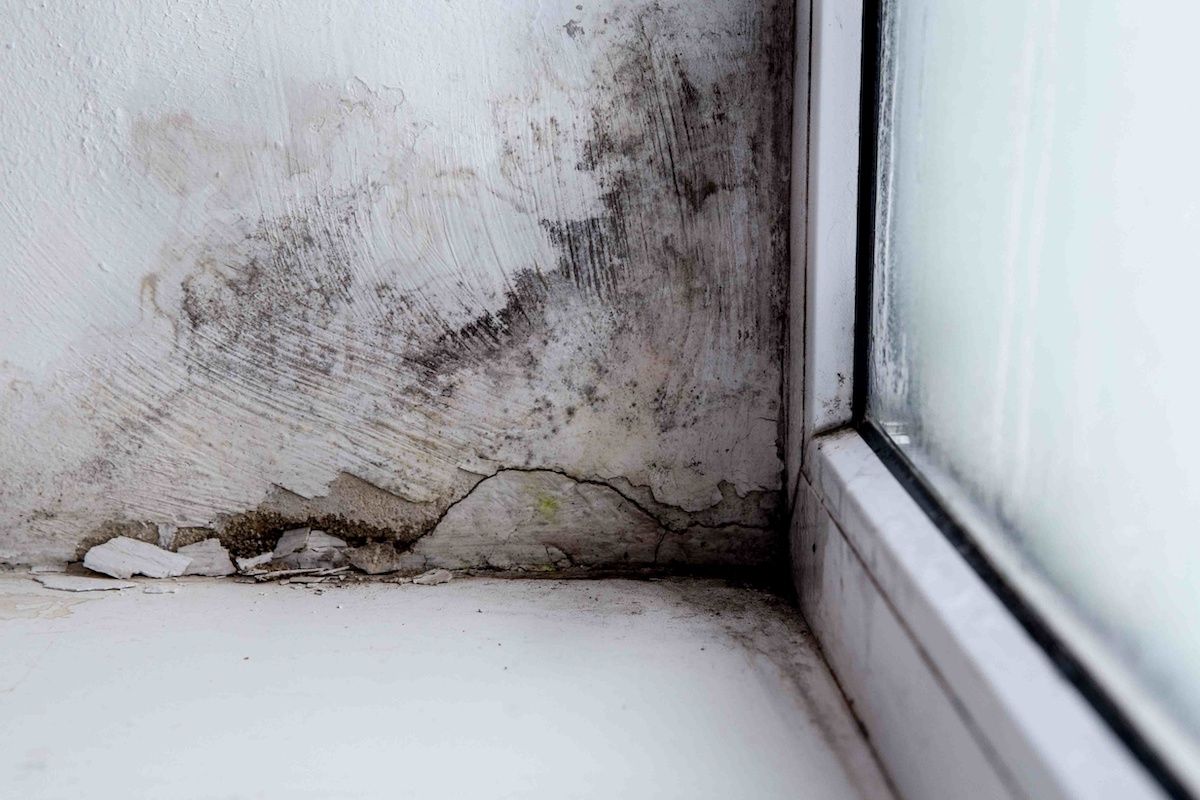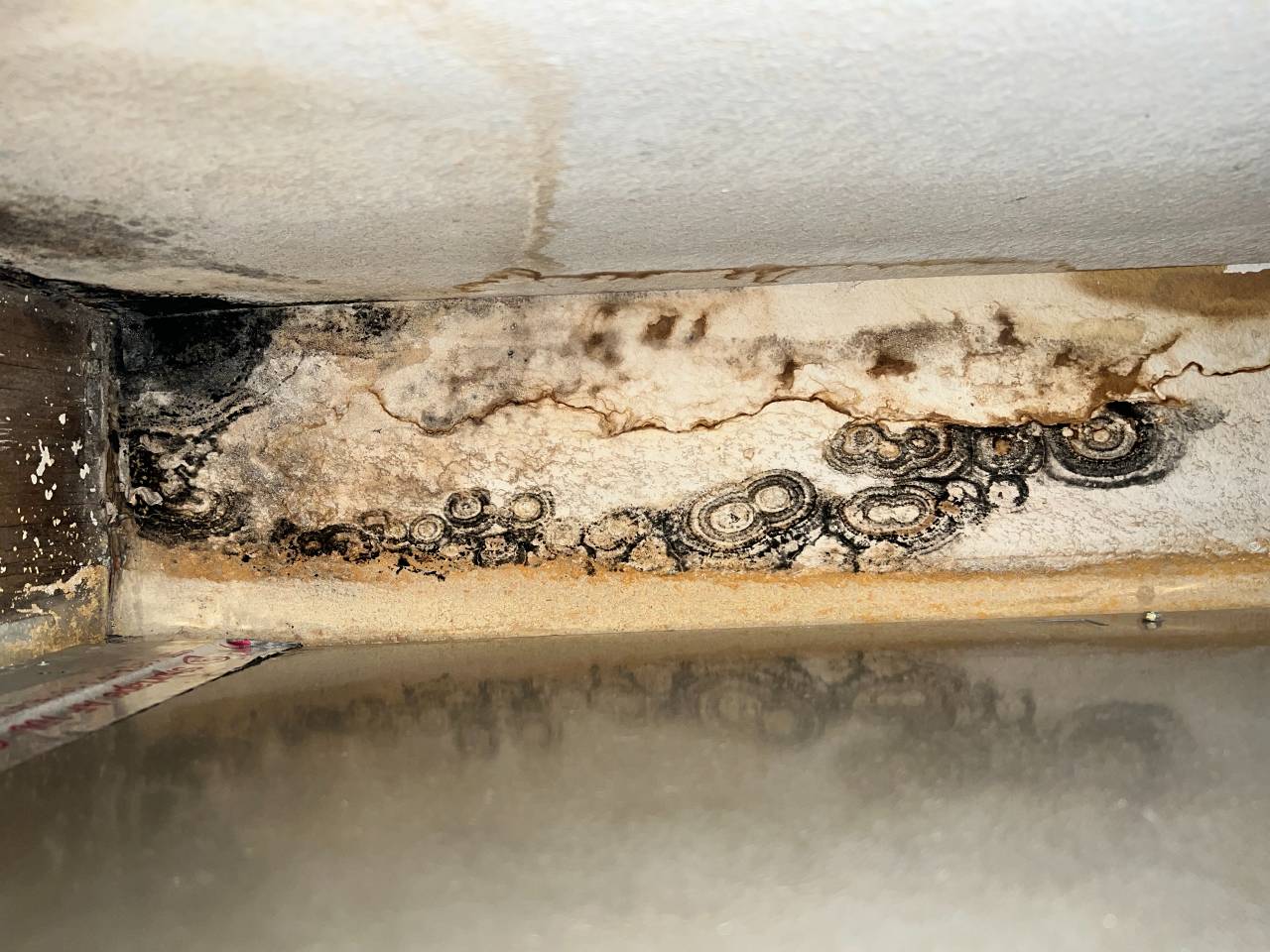Your Ultimate Guide to Blog Post Mold And Mildew Remediation Techniques
Navigating the realm of post-mold remediation techniques is a careful procedure that demands attention to detail and a comprehensive understanding of the ins and outs included. In the consequences of mold and mildew invasion, understanding just how to successfully remove the mold and mildew and prevent its reoccurrence is critical for maintaining a healthy and balanced interior environment. From choosing the appropriate cleansing and sanitizing techniques to applying techniques for lasting mold and mildew prevention, each action in the removal trip plays an essential function in guaranteeing an effective result. As we start this expedition of post-mold removal methods, we will discover the key approaches and best techniques that can aid you restore your area to its pre-mold condition and secure it against future mold and mildew hazards.
Recognizing Post-Mold Removal Process
After finishing the mold removal process, it is critical to comprehend the post-mold remediation techniques that are necessary to make sure a effective and complete clean-up. Once the mold and mildew has been gotten rid of, the next action includes cleaning and disinfecting the impacted locations to protect against any regrowth of mold and mildew.
Additionally, conducting a final assessment post-remediation is crucial to make sure that all mold and mildew has actually been efficiently gotten rid of. If the assessment exposes any remaining mold and mildew, extra remediation might be required.
Efficient Cleaning Up and Sanitizing Methods

Preventing Future Mold And Mildew Development

Relevance of Proper Air Flow
Proper ventilation plays an important duty in avoiding moisture buildup, a vital aspect in mold growth within indoor environments. Reliable air flow systems aid get rid of excess moisture from the air, lowering the opportunities of mold spores locating the dampness they need to germinate and spread. Without adequate air flow, indoor spaces can end up being a breeding place for mold and mildew, resulting in potential Learn More health and wellness risks and structural Full Article damage.
By ensuring proper air blood circulation, air flow systems can also assist in drying out damp locations much more swiftly after water damages or flooding cases, further deterring mold growth. what to do after mold remediation. Precede like shower rooms, kitchen areas, attic rooms, and cellars where wetness degrees have a tendency to be higher, installing and keeping efficient ventilation systems is crucial in preventing mold and mildew problems

Surveillance and Maintenance Tips
Offered the important role that appropriate ventilation plays in protecting against mold development, it is crucial to develop reliable surveillance and maintenance tips to make certain the continued capability of ventilation systems. Regular evaluations of air flow systems should be conducted to check for any signs of blockages, leaks, or breakdowns that might hinder proper air movement. Monitoring humidity degrees within the building is additionally important, as high moisture can see contribute to mold growth. Installing a hygrometer can assist track moisture levels and sharp home owners to any kind of spikes that might need focus. Additionally, guaranteeing that air filters are on a regular basis cleaned up or replaced is important for keeping the performance of the ventilation system. Carrying out a routine for routine maintenance tasks, such as duct cleansing and heating and cooling system evaluations, can assist avoid problems prior to they escalate. By remaining mindful and aggressive to the problem of air flow systems, residential or commercial property proprietors can effectively alleviate the risk of mold regrowth and maintain a healthy and balanced indoor setting.
Verdict
In conclusion, post-mold removal techniques are essential for guaranteeing a secure and tidy environment. Understanding the procedure, executing reliable cleansing and sanitizing techniques, preventing future mold and mildew growth, maintaining correct ventilation, and regular monitoring are all crucial action in the removal process. By following these standards, you can successfully remove mold and stop its return, functioning or advertising a healthy living area for all owners.
In the aftermath of mold invasion, recognizing how to properly remove the mold and avoid its reoccurrence is critical for keeping a healthy and balanced interior environment. Once the mold and mildew has been gotten rid of, the following step entails cleaning and decontaminating the affected areas to protect against any type of regrowth of mold - Post remediation mold testing near me. After removing visible mold and mildew growth, it is important to cleanse all surfaces in the afflicted area to eliminate any type of remaining mold and mildew spores. To further enhance mold prevention procedures, it is essential to deal with underlying problems that originally led to mold development.Offered the critical duty that correct air flow plays in preventing mold growth, it is necessary to develop efficient tracking and maintenance ideas to make certain the ongoing performance of ventilation systems